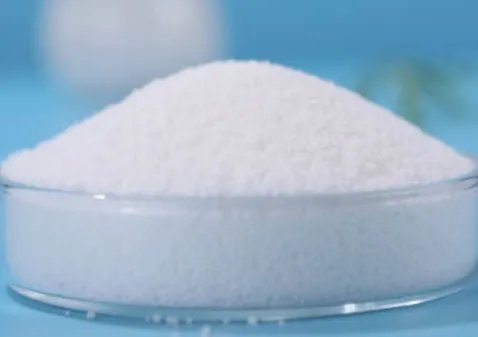Ethylene Bis-Stearamide vs. Calcium Stearate: Which is Better for PVC?
If you are involved in the manufacturing of polyvinyl chloride (PVC) products, then you would know how important it is to use the right additives to enhance the quality and durability of your finished goods. One of the most common additives in PVC production is the lubricant. Lubricants are used to reduce friction, improve processability, and prevent the melting of PVC during processing. Two of the most popular lubricants are ethylene bis-stearamide (EBS) and calcium stearate. But which one is better for PVC? In this article, we will explore the differences between EBS and calcium stearate and help you decide which one to choose for your PVC production.
What is Ethylene Bis-Stearamide (EBS)?
Ethylene bis-stearamide (EBS) is a synthetic wax that is commonly used as a lubricant in PVC production. EBS is composed of two stearic acid molecules and one molecule of ethylenediamine. It is an amide-type wax and is known for its excellent lubricating properties, high thermal stability, and low toxicity.

Ethylene bis-stearamide powder
What is Calcium Stearate?
Calcium stearate is a calcium salt of stearic acid. It is a white, powdery substance that is commonly used as a mold release agent, lubricant, and stabilizer in PVC production. Calcium stearate is composed of calcium ions and stearic acid molecules.
1: Compatibility with PVC
The first thing to consider when choosing a lubricant for PVC production is its compatibility with PVC. Both EBS and calcium stearate are compatible with PVC, but EBS is more compatible than calcium stearate. EBS has a polar molecule that is attracted to the PVC resin. It forms a strong bond with PVC, which helps to reduce friction and prevent the melting of PVC during processing. Calcium stearate, on the other hand, is less compatible with PVC and tends to migrate to the surface of the PVC product. This can lead to surface defects such as blushing and poor surface finish.
2: Thermal Stability
The second important factor to consider is the thermal stability of the lubricant. PVC production involves high-temperature processing, and the lubricant should be able to withstand these temperatures without breaking down or losing its lubricating properties. EBS has a higher melting point than calcium stearate, and it is more stable at high temperatures. It can withstand temperatures up to 250°C without degrading. Calcium stearate, on the other hand, begins to decompose at temperatures above 180°C. This can lead to the development of hydrogen chloride, which can degrade PVC and lead to discoloration and loss of mechanical properties.
3: Processing
Another factor to consider is the processing requirements of the lubricant. EBS is a solid wax that needs to be melted and dispersed in PVC before processing. It can be added directly to the PVC resin during compounding or can be added to the extruder during processing. Calcium stearate, on the other hand, is a fine powder that is easy to blend with PVC resin. It can be added directly to the PVC resin during compounding, and it can also be added to the extruder during processing.
4: Toxicity
Toxicity is an important factor to consider when using any additive in PVC production. EBS is known for its low toxicity and is considered safer than calcium stearate. Calcium stearate can cause eye and skin irritation and is classified as a skin sensitizer. It can also cause respiratory problems when inhaled. In contrast, EBS has no reported toxic effects and is approved by regulatory bodies for use in food and pharmaceutical applications.
5: Cost
Finally, cost is a crucial factor when choosing lubricants for PVC production. EBS is more expensive than calcium stearate, and this can make it less appealing to manufacturers who are looking for affordable solutions. Calcium stearate is available at a lower cost and can be a good option for manufacturers who are looking for an economical way to enhance the quality and durability of their PVC products.
Conclusion
The choice between EBS and Calcium Stearate should be based on factors such as the specific end-use application, processing conditions, and compatibility with other additives in the formulation. Both ethylene bis-stearamide (EBS) and calcium stearate are popular lubricants for PVC production. EBS is more compatible with PVC, more stable at high temperatures, less toxic, and has better lubrication properties than calcium stearate. Calcium stearate, on the other hand, is less expensive and easier to process than EBS. EBS is generally preferred for rigid and semi-rigid PVC formulations, while Calcium Stearate is preferred for flexible PVC formulations. Both have their own unique advantages and can be used alone or in combination with other additives to achieve the desired properties.
QUICK LINKS
PRODUCTS
CONTACT US
Tel : +86 532-87655918
E-mail : sales@qdsainuo.com
Address : Biulding No 15,Torch Garden Zhaoshang Wanggu, Torch Road No. 88,Chengyang,Qigndao,China
Superior Quality, Excellent Service!
Contact us for additional information or to explore partnership opportunities.
+86 18765238781
